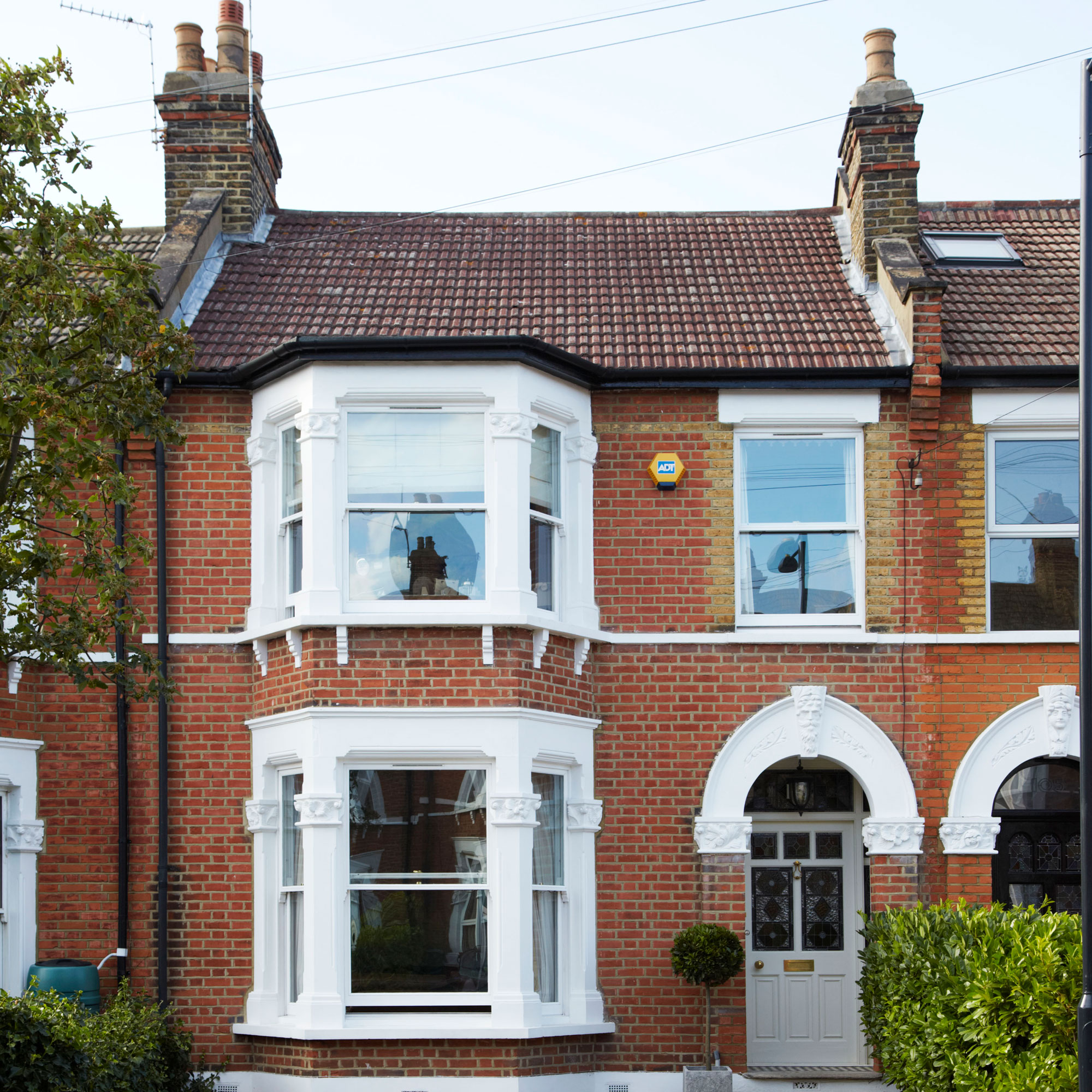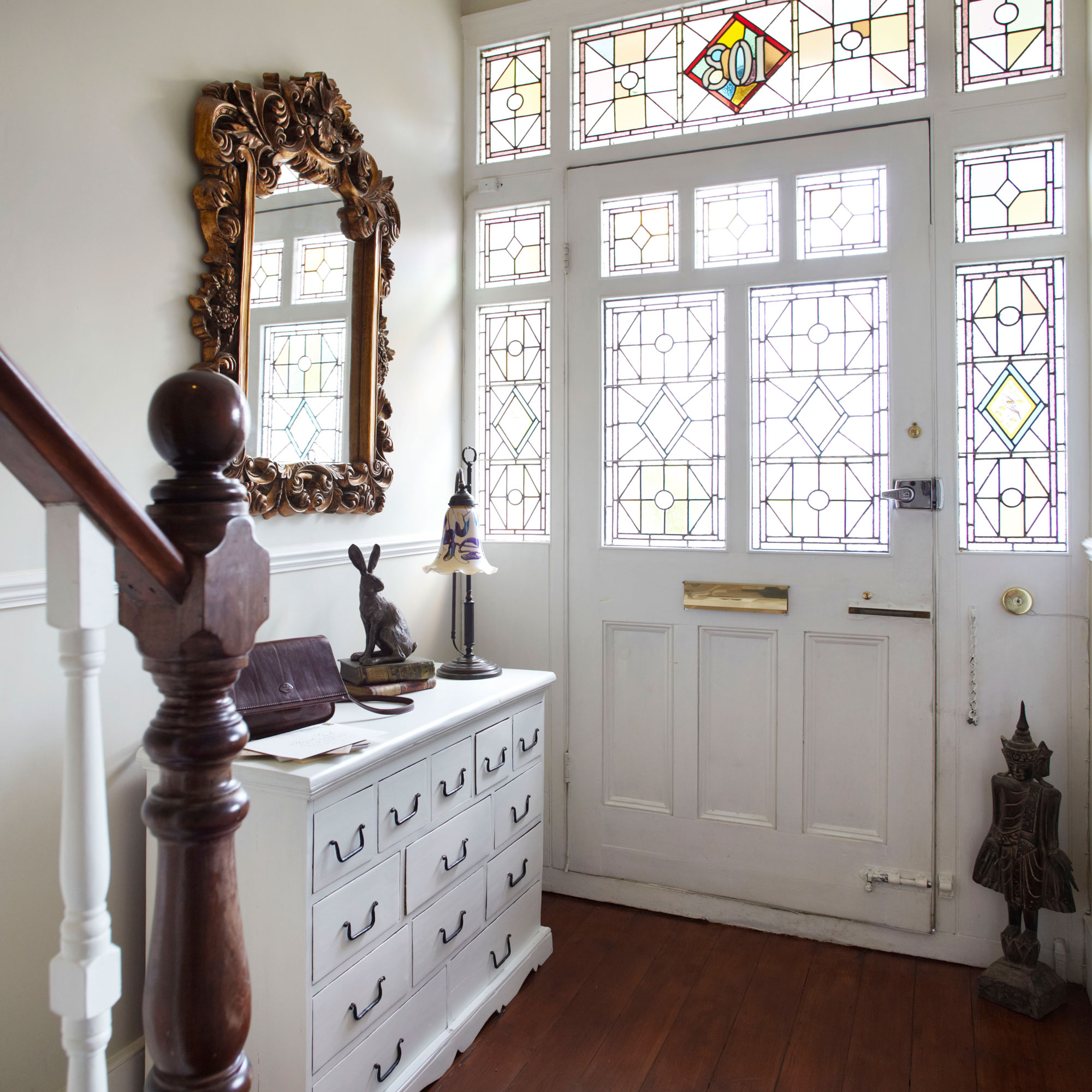What is secondary glazing and does it work?
Everything you need to know about secondary glazing, plus the pros and cons

What is secondary gazing? Put simply, it's an alternative to replacement windows – a supplementary layer of plastic or glass installed on the inner side of your home’s windows. Fitting secondary solution on the room side of your existing windows creates a thermal barrier in the middle. This helps prevent precious heat from leaking out. Secondary glazing is often the preferred option for historic homes where (for planning and conservation reasons) it might not be possible to switch single-glazed windows for double-glazed.
In the right property, secondary glazing has the potential to help you save money on energy bills. Experts at Clearview Secondary Glazing estimate that as much as 20% of the heat you generate can be lost through single-glazed windows (windows that have a single pane of glass). This could save you 10% on your utility bills according their experts.
'It provides the ideal solution for projects where it’s essential to retain the integrity and provenance of existing windows, yet where there’s a requirement to improve thermal efficiency,' says Lisa Morton, director at Architectural Bronze Casements. If maintaining the character of your period property is a top priority, then secondary glazing would be the way to go.
What is secondary glazing?

Various solutions fall under the umbrella term, ‘secondary glazing.’ These range from sheets of plastic to panes of glass fitted within timber, or UPVC or metal frames on the room side of your window.
'This sort of glazing involves having a fully independent window installed on the room side of an existing window,' says Dave Mechem, director of inspection and assessment at RISA. Various types are available, depending on your budget. 'In some cases, homeowners choose secondary glazing as a temporary option. For example, to prevent draughts coming in in the winter months.'
Permanent solutions are typically used in historic or listed homes, where upgrading to double-glazed units often isn’t an option.
What types of secondary glazing are there?

These are the main types of secondary glazing you'll come across, but it's always worth speaking to a specialist.
Sign up to our newsletter for style inspiration, real homes, project and garden advice and shopping know-how
DIY systems
DIY systems can range from transparent plastic sheets attached with magnets, to full windows that are screwed into place. This type of setup is easy to remove, which makes it the ideal option in scenarios where a temporary solution is needed to keep winter draughts out.
Fixed or openable
Depending on where the window is in your house and how often you typically need to open it, fixed or openable secondary glazing designs are available. Choose lift-out secondary glazing, for instance, for windows you don’t need to open as often. Otherwise, the whole sheet may need to be removed for you to access the original window.
Materials
Consider the material options on offer. These range from economical plastic solutions to higher-spec ranges with metal or wood frames. 'Bronze secondary glazing is a fully independent window system installed to the interior of an existing window. It can either be openable, part removable or fixed,' says Lisa Morton.
Opening configurations
For homes with sash windows (formed of moveable panels that slide over each other to open), there are various opening configurations when it comes to your secondary glazing. Hinged setups operate like casement windows, and swing into the home rather than outward, while horizontal and vertical sliding secondary glazing solutions are also available.
'Our opening units are usually side-hung,' says Lisa Morton. 'These allow access to the external window for cleaning and ventilation purposes.'
Does secondary glazing work?

Look at the pros and cons of secondary glazing before deciding whether it's right for your home.
Advantages
- Cheaper to install than double glazing, as you don’t need to completely remove the existing units.
- Improved acoustic performance.
- Installation is typically straightforward, without the mess and upheaval involved in fitting new double-glazed windows.
- Improved home security, as it acts as a second line of defence against potential home intruders.
- Improved thermal performance in historic or listed homes where installing modern new windows isn’t an option.
- Can reduce condensation forming on both inner and outer layers of windows.
- Available in various designs and opening configurations. Many of these feature minimal sight lines, and maximise the amount of natural light entering your home.
Disadvantages
- Lower thermal performance than primary double glazing.
- Installation can be tricky. 'For example, fitting this type of glazing might be difficult – but not impossible – when shutters are fitted to the windows,' says Andrew Smith, owner and director at City Sound Glazing.
- Some cheaper plastic systems lose their transparency over time as a result of exposure to sunlight.
- High-quality systems can complement the look of historic homes beautifully, but the visual impact of certain cheaper solutions can take getting used to. Typically, this is more of an issue in conservation areas and listed properties.
Is secondary glazing as good as double glazing?

Experts estimate that double-glazing is roughly twice as effective as secondary glazing when it comes to minimising heat loss. So if you're looking for ways to keep your house warm, secondary glazing will never achieve the same thermal performance as a primary glazed solution.
Double glazing could offer better value if you aren’t restricted by planning rules. It's likely to be more expensive in the short term, but you'll save in the long term and your energy bill savings over the years will help offset the initial outlay for supply and installation.
But if your main goal is to cut down the sound of traffic from a busy road outside your house, secondary might just have the edge. 'For noise reduction, secondary glazing is much better than double glazed,' says Andrew Smith from City Sound Glazing.
Is secondary glazing right for your property?

These are the factors to consider before deciding whether secondary glazing is the right choice for your property:
- Make sure you understand the type of window you already have and how old it is. 'The older the window, the less energy efficient it is,' says Dave Mechem from RISA. 'So, before you spend money on secondary glazing, consider whether investing in double or triple glazing is a better long term solution for your property.'
- Speak to you your supplier/installer to determine if the secondary glazing be installed on large and unconventionally shaped windows.
- Is permission is required? This is important, especially if you live in a listed building.
- Investigate the options for opening configurations and check whether it’ll be easy to open your secondary glazing to invite a breeze through during summer months.
- Do your due diligence when it comes to researching suppliers. 'Make sure you choose a reputable company with a long standing and ensure they can honour their guarantee,' says Andrew Smith. 'Ideally, choose a provider that’s a specialist in the field and not just a general glazier.'

Rebecca Foster started her journalism career in Bangkok in 2013, where she worked on the in-house editorial team at a luxury homes magazine. Since then, Rebecca has contributed to numerous property and interiors titles in the UK and Southeast Asia. She re-located to London in 2015 to work at one of the country’s leading self-build and home renovation magazines. In 2017, she left her job to split her time between freelance journalism and teaching yoga.